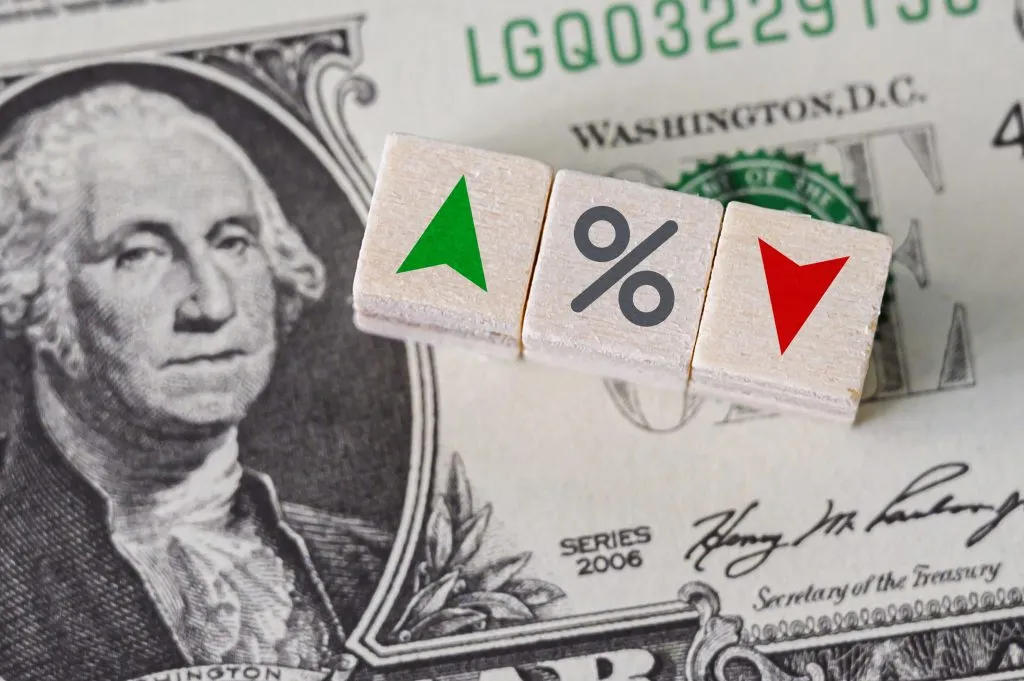Inflation And Interest Rates May Be Best Handled By Short-Term Treasury Futures
When Fed Chairman Jerome Powell appears on Capitol Hill on Tuesday, investors hope to find out how high rates will go to combat inflation.
As the economy has shown signs of resilience, some expect the Fed chief will hint that rates will stay higher for a while. This morning's stock market action was largely flat because of Friday's jobs data, but Powell-driven moves cannot be ruled out.
Harley Bassman, the volatility expert, says that no matter what the Fed chief says this week, the market is stuck on one idea, and it's all wrong.
Whether by design or accident, the market has bet the ranch that the U.S. economy is headed for hard times soon, which has induced the FED to cut rates as early as Labor Day.
There is no way that will happen. According to Bassman, a managing partner at Simplify Asset Management, "goods inflation is calming (used cars, really? ), but service inflation has not slowed."
It is known that he was responsible for creating what is now known as the ICE BofA MOVE Index, the most widely followed measure of volatility in fixed-income markets.
According to Bassman, there won't be a hard landing because boomers are retiring, either due to age or a (still) generous 401(k); and this cannot be filled with immigration (legal or otherwise). Almost every window has a 'help wanted' sign.
Not mid-2023, but "sometime in 2024," Bassman says.
Bond yields are currently at a whopping 4.888% for two-year bonds, and 3.953% for 10-year bonds.
It is because investors are concerned sticky inflation will lead to higher Fed rates at least in the short term that they have been fleeing 10-year Treasury bonds BX: TMUBMUSD10Y. With short-term interest rates exceeding long-term interest rates, yields have climbed last week to above 4%.
Based on our simple bond math, the ten-year rate is now near 4.00%, while the two-year forward ten-year rate is 3.65%.
Moreover, he sees little profit in buying 10-year bonds if the Fed cuts rates to 2%, which will put ten-year rates at 3.50%. The 15bp gain (roughly 1 point in price) carries a great deal of risk to me.
Even if inflation projections out there are optimistic compared to the Fed's own policies and politics, Bassman noted the yield curve is still far too inverted.
In light of Wall Street's wrong-way bet, what should investors do? Currently, the yield curve presents an opportunity for the money manager.
The UST 2Yr can only exceed the FED rate in anticipation of continued rate hikes if the peak FED rate is between 5.1% and 5.4% (FED dots). In contrast, a rate reduction could be much greater (50bps up versus 300bps down), resulting in an unbalanced return profile. In this sense, positive convexity is defined," he said.
The following chart lays out Bassman's trade, suggesting investors buy short-term Treasury futures:
Historically, investors have preferred longer maturity bonds over shorter maturity bonds (yield curve inversion) because of the longer duration and resulting superior price performance if interest rates fall. In this case, this trade-off has been curtailed by using CBOT futures contracts to gain leverage without reducing current yield," Bassman explained.

Subscribe to our newsletter!
As a leading independent research provider, TradeAlgo keeps you connected from anywhere.








